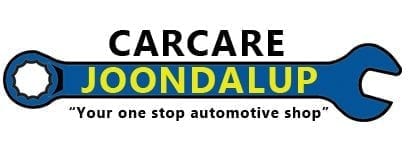Vehicle safety has come a long way over time. From simple features like seatbelts to advanced safety features like ABS and the structure of the vehicle itself, a lot goes into the construction of a car to protect you in case of an accident. When it comes to comparing the safety of different cars in Australia and New Zealand, consumers can use the ANCAP safety ratings.
What are the ANCAP Safety Ratings?
ANCAP safety ratings are an independent safety rating system used to compare the relative safety between vehicles of similar mass. They are published for a variety of new passenger, SUV and light commercial vehicles that enter the Australian and New Zealand markets, rating them on a scale of 0 to 5 stars. It looks at the level of safety a vehicle offers for occupants and pedestrians in the event of a crash, as well as its ability to avoid or minimise the effects of a crash with in-built technology.
Vehicles are evaluated against four key areas:
- Adult occupant protection
- Child occupant protection
- Vulnerable road user protection
- Safety assist
Safety ratings are determined based on a series of independent crash tests and safety assessments. This includes destructive physical crash tests, an assessment of on-board safety features and performance testing of active collision avoidance technologies. Vehicles are required to meet minimum score thresholds for each star rating level and are limited by its lowest performing area of assessment.
Key Aspects of a Safe Car
The combination of a quality structure, effective restraint systems and active safety assist technologies work to provide the maximum safety in the event of a crash as well as helping you to avoid one altogether.
- Structural integrity – A vehicle with sound structural integrity absorbs and dissipates most of the energy of the crash with the passenger compartment keeping its shape. Structural integrity varies substantially depending on make and model. A sound structure is crucial for saving lives.
- Passive safety features – Built-in safety features like airbags, seatbelts, anti-lock braking systems (ABS), electronic stability control (ESC), and seat belt pre-tensioners all help to prevent or manage the forces of a crash.
- Safety assist technologies – Approximately 90% of crashes involve some form of human error. Semi-autonomous and autonomous safety technologies are essential for assisting in avoiding or reducing the severity of a crash. These include blind spot monitoring (BSM), autonomous emergency braking (AEB), active lane keep assist (LKA) and intelligent speed adaptation (ISA).
When shopping for new cars, you may notice that many of them offer 5 star ANCAP safety ratings. However, you should keep in mind that ANCAP’s test criteria increases incrementally as vehicle safety technology improves. So a 2019 vehicle model with a 5 star ANCAP safety rating is safer than a 2014 vehicle model with a 5 star ANCAP safety rating.
Contact Car Care Joondalup for Expert Servicing and Repairs
For any and all auto repairs and servicing, our expert Joondalup mechanics can help. Call the team at Car care Joondalup on 08 9300 9796 or contact us online today.


